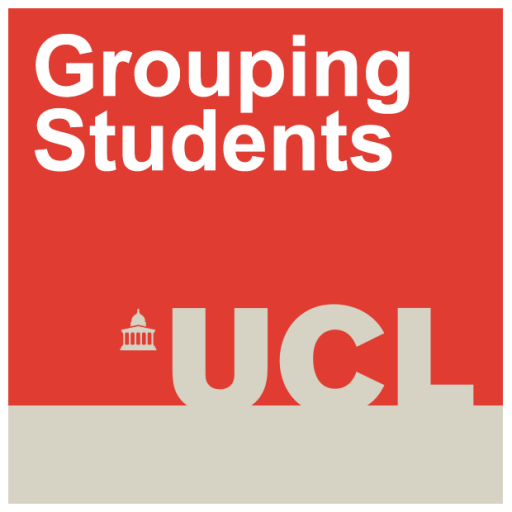European Conference on Educational Research (ECER) discusses ‘ability’ grouping
By qtnvarl, on 1 September 2017
– Dr Anna Mazenod

Nyhaven, Copenhagen, photo by Dietmar Rabich, CC BY-SA 4.0
The beautiful city of Copenhagen provided a lovely setting for this year’s ECER conference convened through EERA (European Educational Research Association). Well attended by educational researchers from all over the world, we were pleased to have the opportunity to showcase our project at the conference.

Dr Anna Mazenod at ECER
The symposium we convened at the conference presented research on attainment grouping from Belgium (Flanders), Finland and New Zealand alongside some early findings from our project based in England. Our symposium presentation focused on emerging findings from the teacher survey and interview data from schools participating in the Best Practice in Setting project, drawing out the reasons and justification for setting commonly deployed by teachers in England. Our key finding here is that ‘ability’ grouping in secondary schools is often seen as ‘the first port of call’, and particularly in mathematics viewed as the ‘normal’ approach to grouping with no credible alternatives.
This finding was echoed in Professor Martin Thrupp’s (University of Waikato) discussion of primary schools in New Zealand where teachers tend to view ‘ability’ grouping as an unproblematic practice. His pictures of the ‘data walls’ commonly used in primary school classrooms to chart individual students’ progress generated many questions and comments from the audience about the potentially detrimental impact of these practices on young people’s identities and their learning.
In her symposium presentation, Sarah Thys (University of Ghent) explained how tracking works in Flanders and how teacher recommendations play an important role in the transition from primary to secondary school. Furthermore, she showed that individual school allocation procedures impact on whether a student pursues a vocational or an academic track in secondary school.
An example of an indirect form of ‘ability’ grouping was provided by Professor Piia Seppänen (University of Turku) in her presentation of emerging findings from research in Finland conducted by Piia and colleagues including Sonja Kosunen and Anna-Leena Riitaoja (University of Helsinki). Despite the Nordic ideology of ‘one school for all,’ these indirect forms of ‘ability’ grouping are generated through a system of selective classes operated in some schools and municipalities in Finland, and can lead to labelling by teachers and other students.
Whilst there are significant differences in the form of ‘ability’ grouping that takes places in these four education systems, Professor David Hurst (University of Rochester), the discussant for the symposium noted interesting parallels in how direct and indirect processes of grouping students by ‘ability’ exacerbate social inequality. He further suggested that Amartya Sen’s capability theory might be a fruitful approach for teachers and schools to overcome the detrimental impact of ‘ability’ grouping for students, e.g. by placing importance to promoting students’ well-being as a goal in its own right.
We look forward to presenting further findings from our project next week at the BERA conference. See you there!
 Close
Close



